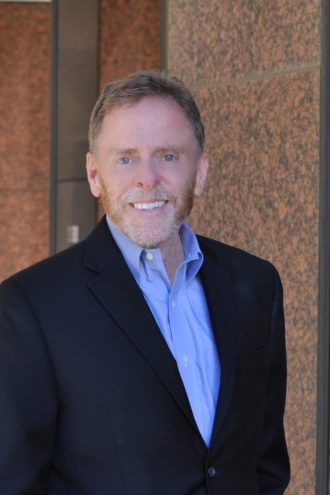 We wrote the first draft of the obituary for the power center retail category in 2008. That year and for the next two years in Dallas-Fort Worth, hundreds of thousands of square feet of power retail went dark as e-commerce competition, combined with a deep recession, created a power retail tsunami that wiped away Linens ‘n Things, Circuit City, Borders Books, Shoe Pavilion, and many others.
We wrote the first draft of the obituary for the power center retail category in 2008. That year and for the next two years in Dallas-Fort Worth, hundreds of thousands of square feet of power retail went dark as e-commerce competition, combined with a deep recession, created a power retail tsunami that wiped away Linens ‘n Things, Circuit City, Borders Books, Shoe Pavilion, and many others.
Power retail evolved in the pre-Amazon era with a value proposition of a “single-department” model with a narrow focus but deep selection. But power retail couldn’t evolve again fast enough to compete with e-commerce retailers, which offered “endless aisles” of merchandise selection in nearly every category.
Between 1999, at the peak of the “power retail decade”, and 2011, vacancy in power retail increased from 861,000 square feet to 3.5 million square feet.
But like a terminal patient that makes a miraculous recovery, power centers bounced back. Today, the category incorporates a total inventory of 40.5 million square feet, of which 1.9 million square feet are vacant for an extremely healthy occupancy rate of 95.3 percent. Power retail today actually ranks as our second-healthiest DFW retail center category, after mixed-use at 95.5 percent.
What was the magic formula that revived a category that was dying in 2009?
- At the height of the power trend, every category had at least two major competitors (think Best Buy and Circuit City). In 2008, in our Survey report, we predicted what needed to be done. “With the news of store closings and retailer bankruptcies taking its toll on the category killers, 2009 should get interesting. Further retail consolidation and economic weakness will likely leave only one killer in each category.” And that’s exactly what happened. For example, Dick’s Sporting Goods is today the remaining major national sporting goods chain, and it’s not only surviving, it’s thriving. Following a fourth quarter of strong sales and earnings, the retailer—this year—plans to open 43 Dick’s stores, nine Golf Galaxy stores and eight Field & Stream stores. Another retailer found in power centers, Ross, is also seeing strong sales and plans 90 new stores this year. For both Dick’s and Ross, several of those new locations will be here in Texas.
- Power retail centers leveraged their strong locations to reinvent themselves as “destination centers”. They leased vacant Linens and Borders spaces to discounters like Burlington, Nordstrom Rack and even grocery stores like Sprouts and WinCo; to entertainment concepts like Alamo Drafthouse; to fitness and beauty concepts; and even to medical and other alternative uses.
- They followed the first rule of holes: When you’re in one, stop digging. Between 1998 and 2010, the power center category in DFW added a whopping 38.9 million square feet. But between 2010 and now, the category only added 2.5 million square feet, mostly in “sure-bet” locations.
Power centers, once on life support, are healthy today because they’ve evolved to compete in an omnichannel world. But as the recent failure of Sports Authority shows, power retailers must be at the top of their game to stay on top of market trends.
Ian Pierce is vice president of communications at Weitzman.





